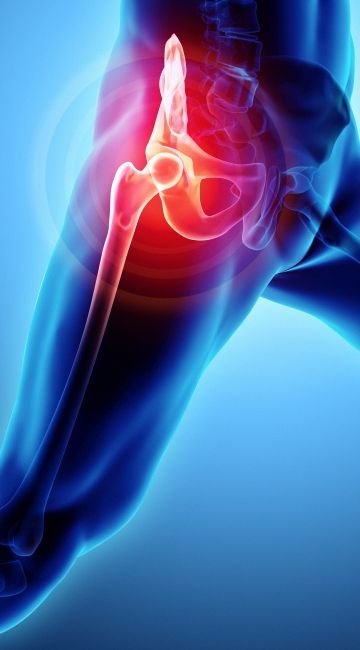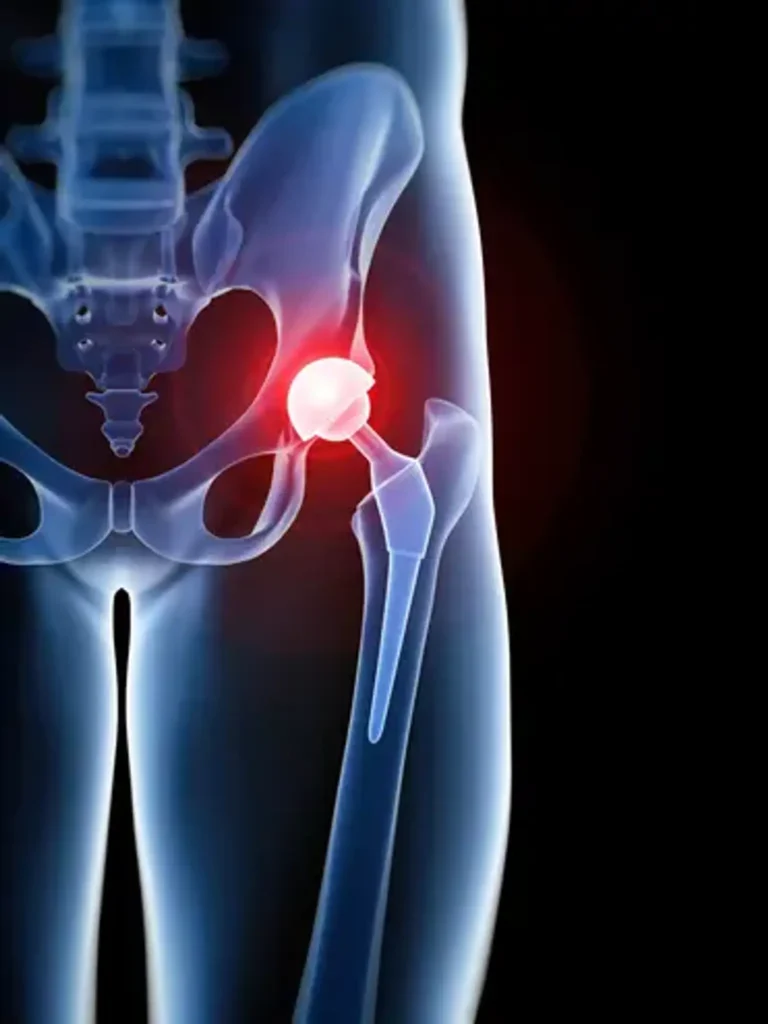
Essential Guide to the Life-Changing Hip Joint Replacement Procedure
Introduction to Hip Joint Health
The hip joint replacement procedure is a widely performed and highly effective surgery for patients suffering from intense hip pain, stiffness, and reduced mobility. The hip joint, a complex ball-and-socket structure, plays a crucial role in body movement and balance. When conditions like osteoarthritis, fractures, or avascular necrosis damage the joint, the hip joint replacement procedure becomes essential. Dr. Vivek Logani, Director – Orthopaedics, is a leading expert in the hip arthroplasty process, offering the most advanced and successful techniques for joint restoration.
Why is the Hip Joint Replacement Procedure Needed?
A hip replacement procedure is considered when all non-surgical methods—such as physical therapy, medications, and lifestyle changes—fail to relieve pain or restore function. Here are common conditions that may require a hip joint replacement procedure:
- Osteoarthritis – Causes cartilage breakdown and joint stiffness.
- Rheumatoid Arthritis – Leads to joint inflammation and destruction.
- Hip Fractures – Severe breaks that demand a hip joint replacement process.
- Avascular Necrosis – Bone death due to lack of blood flow to the hip joint.
- Congenital Hip Disorders – Birth defects affecting hip joint movement.


Detailed Hip Replacement Surgery Steps
Understanding the hip replacement surgery steps can help patients feel more prepared for the procedure. Here’s a look at the total hip replacement process from start to finish:
1. Preoperative Preparation
- Full evaluation with X-rays and MRIs.
- Thorough discussion about the hip replacement steps, risks, and recovery timeline.
2. Anesthesia Administration
- General or regional anesthesia is used to ensure comfort throughout the hip joint replacement procedure.
3. Surgical Incision
- A careful incision is made to access the joint.
- In many cases, minimally invasive hip surgery is used to reduce pain and enhance recovery time.
4. Removal of Damaged Structures
- Damaged cartilage and bone are removed from the hip.
- The femoral head is detached, and the joint space is cleaned as part of the total hip replacement procedure.
5. Prosthetic Implant Placement
- A new socket and ball are inserted to restore full joint function.
- The hip arthroplasty process uses high-quality materials for durability and long-term success.
6. Closure and Monitoring
- The incision is stitched, and the patient is moved to recovery.
- Vital signs are monitored closely as part of the hip replacement surgery steps.
Types of Hip Joint Replacement Procedure
There are several types of hip replacement process depending on the patient’s condition and anatomy:
- Total Hip Replacement (THR) – Replaces both the socket and the femoral head; this is the most common hip joint replacement procedure.
- Partial Hip Replacement (Hemiarthroplasty) – Only the ball portion of the joint is replaced.
- Hip Resurfacing – Preserves more natural bone while capping the femoral head.
- Minimally Invasive Hip Surgery – A less traumatic approach used in the total hip replacement procedure.
Recovery After the Hip Joint Replacement Procedure
Successful outcomes from the hip arthroplasty process depend heavily on post-operative care. Here’s what’s involved:
- Physical Therapy – Strengthens the muscles around the hip and improves mobility.
- Pain Management – Includes medication and non-pharmacological methods to ease discomfort.
- Lifestyle & Activity Modifications – Avoid high-impact exercises and follow movement precautions after the hip joint replacement process.
- Routine Check-Ups – Ensure that the prosthetic components used during the hip replacement steps remain intact and functional.
Consult Dr. Vivek Logani – Expert in the Hip Joint Replacement Procedure
For patients considering a hip joint replacement procedure, consulting a top specialist is crucial. Dr. Vivek Logani, Director – Orthopaedics, is renowned for his expertise in the hip arthroplasty process and the total hip replacement procedure. His use of advanced techniques and minimally invasive methods ensures quicker recovery and better outcomes.
Whether you’re at the early stages of hip deterioration or in need of a full joint replacement, Dr. Logani can guide you through every step—from diagnosis to the final stages of the hip replacement surgery steps.
Book a consultation today and take the first step toward pain-free movement and a better quality of life!